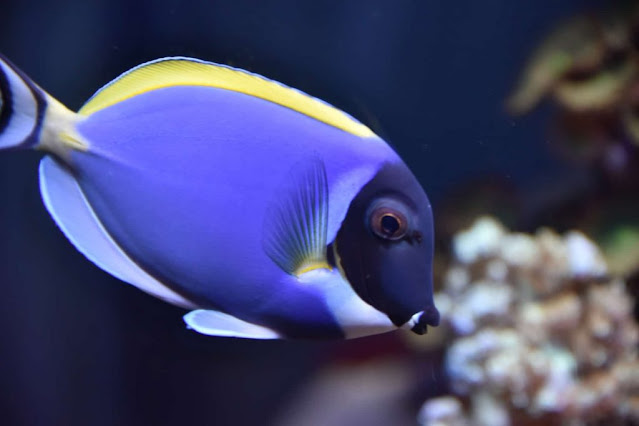Saltwater creatures are the primary group of animals that have evolved specific taste receptors for detecting and responding to salt. These organisms have adapted to their marine environments, where salt concentrations are significantly higher compared to freshwater habitats. Here are some examples of creatures that can taste salt:
Marine Fish:
- Many species of marine fish have specialized salt taste receptors in their mouths and gills. These receptors help them maintain the right balance of salt in their bodies despite the high salt levels in the surrounding seawater.
Crustaceans:
- Crustaceans like crabs, lobsters, and shrimp are sensitive to changes in salinity and can taste and respond to salt in their aquatic environment. They have specialized taste cells that help them detect and regulate salt levels.
Marine Mammals:
- Marine mammals such as whales, dolphins, and seals may not have a specific sense of taste like terrestrial animals do, but their bodies are equipped to handle the high salt content in the ocean. They obtain their necessary minerals, including salt, from their diet of marine organisms.
Marine Invertebrates:
- Various marine invertebrates, including certain species of mollusks and sea anemones, possess mechanisms to detect and respond to changes in salinity. They use these mechanisms to adjust to their marine environments.
These organisms have developed specialized physiological and behavioural adaptations to survive in their saltwater habitats, including mechanisms to regulate salt concentrations within their bodies. The ability to taste and respond to salt is crucial for maintaining their internal balance and overall health in the often challenging and changing conditions of the ocean.


No comments:
Post a Comment